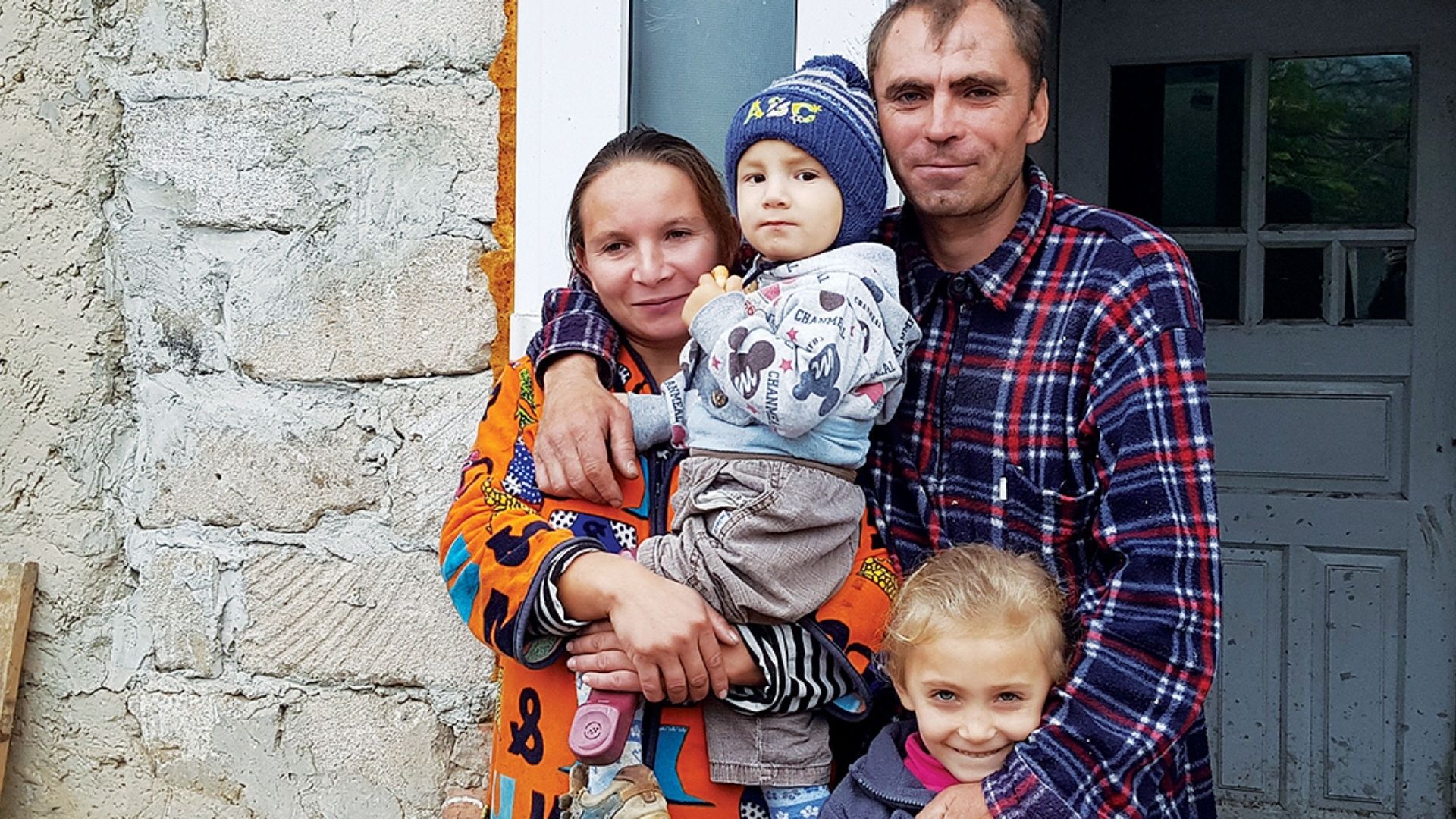Last Wednesday marked an important date for the rights of every child. The European Commission released the new EU Child Rights Strategy to improve the rights of children both within the EU and across the world. It also proposed a European Child Guarantee for EU Member States. But is it any good? Having studied it closely, here’s our first response.
Millions of children around the world live in institutions, including so-called “orphanages’, boarding schools, residential special schools and reception centres. They expose children to a catalogue of human rights abuses and breach their rights as enshrined in the Convention on the Rights of the Child and the Convention on the Rights of Persons with Disabilities. Institutions also put children at increased risk of violence and exploitation, and can cause long term harms to children’s health and development.
Coronavirus and rising inequalities across the world are putting more children at risk of being separated from their families due to rising poverty and insufficient support for vulnerable families.
Alongside Lumos we welcome both the Child Rights Strategy (Strategy on the Rights of the Child) and the proposal for a Child Guarantee.
Child Rights Strategy
At first reading, we’re particularly pleased that the Child Rights Strategy reiterates all children’s right to live with their families and in a community. We are encouraged to see emphasis on developing integrated child protection systems that seek to prevent family separation, shift to community and family-based care, and provide support for children ageing out of care. We welcome in particular the European Commission’s commitment to:
- Present an initiative aimed at supporting the development and strengthening of integrated child protection systems;
- Invest in the transition from institution to family- and community-based care for all children across the European Union and globally;
- Designate Youth focal points and strengthen child protection capacities within the EU Delegations.
We are also pleased that the Commission will continue to encourage EU Member States to promote national strategies to speed up de-institutionalisation (including of unaccompanied migrant children).
“We’re particularly pleased that the Child Rights Strategy reiterates all children’s right to live with their families and in a community”
With these clear policy commitments in place, Hope and Homes for Children and Lumos now look to the EU institutions and Member States to ensure strong implementation, including by ensuring child care reform and deinstitutionalisation are prioritised in the programming of all the EU funds and in the upcoming Human Rights and Democracy National Action Plans. We also would like to reiterate the imperative to prohibit investment of EU funds in institutions, regardless of their size, including investments for the refurbishing, building, renovating, extending of institutions or improving energy efficiency of the care settings.
European Child Guarantee
One of the Child Rights Strategy’s deliverables is the Commission’s proposal for a Council recommendation establishing the European Child Guarantee. This proposal recommends EU Member States take concrete actions to combat child poverty and social exclusion by guaranteeing children’s access to services. We welcome the focus on “children in alternative (especially institutional) care” when identifying children in need. We also support the proposal to set up National Child Guarantee Coordinators and develop National Action Plans, so that the Commission can adequately monitor Member States’ progress in implementing the Council Recommendation.
However, we are deeply concerned that the Child Guarantee allows for the placement of children in institutional care “as last resort” (recital 24). This constitutes a considerable step back from previous child rights policies such as the 2013 Investing in Children Recommendation and is also incompatible with the new Child Rights Strategy itself and the recently adopted Strategy for the Rights of Persons with Disabilities 2021–2030. It is essential that the upcoming Council Conclusions on the Child Guarantee do not allow institutions as an option of last resort.
“However, we are deeply concerned that the Child Guarantee allows for the placement of children in institutional care ‘as last resort’”
In the coming weeks and months, Hope and Homes for Children and Lumos will undertake a more detailed analysis of both the Child Rights Strategy and proposal for a European Child Guarantee and consider how to support their implementation.
As Mark Waddington CBE, Chief Executive Officer at Hope and Homes for Children reflects:
“The new Child Rights Strategy demonstrates the EU’s long-term commitment to protect children, keep families together and condemn children’s institutions to the history books. But this is just the beginning. It is crucial that we now step up our collective efforts to ensure its implementation, and make this commitment a reality for children around the world.”
Chris Cuthbert, Global Director of Evidence, Advocacy and Campaigns at Lumos adds:
“It is very encouraging to see the EU placing Children’s Rights high on the political agenda, by adopting a Child Rights Strategy and Child Guarantee. Too many children are still being left behind and these new measures have huge potential to transform the life chances of some of our most vulnerable children and ensure children are no longer placed in institutions. We therefore encourage Member States to swiftly adopt a Council Recommendation on the Child Guarantee and work together with the European Commission to make both initiatives a great success. The new Child Rights Strategy demonstrates the EU’s long-term commitment to… condemn children’s institutions to the history books. But this is just the beginning”
This work is supported by Clifford Chance
